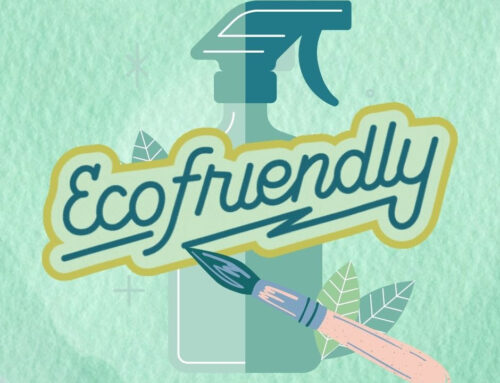Prevent Superbugs with Smart Cleaning
Preventing antimicrobial resistance with thoughtful cleaning and disinfecting methods

Disinfection always requires a careful balance — just sufficient enough to cultivate a safe, healthy environment, but also not excessive enough to cause antimicrobial resistance, when disease-causing microbes mutate into new superbug strains that are able to survive disinfecting agents.
However, the hyper-drive disinfection climate that emerged following the COVID-19 outbreak in 2020 reversed years-long public health efforts to prevent antimicrobial resistance. A recent CDC report shows major setbacks, finding a 15% increase in resistant infections among seven common pathogens.
Going forward, we explore the best cleaning and disinfection practices for creating a healthy equilibrium in your facility.
Why excessive antimicrobial products are harmful
Antimicrobial products — which include disinfectants, soaps, detergents, and surface sprays — kill microorganisms including bacteria, viruses, and fungi. Kill rates range from 90% to 99.99999%, depending on the application.
However, no product can guarantee a 100% kill rate, which means some microbes may survive. If used excessively, the surviving microorganisms may develop natural defenses against the antimicrobial product, creating a resistant superbug.
Best practices for preventing antimicrobial resistance
Ditch antimicrobial/antibacterial soaps:
These soaps may be advertised as an effective method for disease prevention. However, the FDA recommends against daily use, as they may increase potential microbial resistance, as well as expose users to harmful chemicals. In 2016, the FDA banned 19 common antibacterial additives from soaps, citing such health concerns. Washing hands with soap and water for at least 20 seconds provides an effective alternative.
Clean first:
Most microbial threats can be addressed with proper cleaning techniques without the need for specialized antimicrobial products. At SparkleTeam, we employ tools that mechanically remove germs like HEPA vacuums and super-fine microfiber cleaning cloths and mops.
Disinfect only where necessary:
Though thorough cleaning can prove effective against most health concerns, disinfection remains a necessary tool as novel strains of COVID-19 (like the latest Omicron BA.5 variant) continue to evolve. However, indiscriminate disinfection — like the mass fog spraying that became popular in the early months of the pandemic — only increases the likelihood of microbial resistance.
To strike an ideal balance, at SparkleTeam we limit our regular disinfection to high-touch and high traffic spots would be more efficient, as this reduces exposure to the areas where people are most likely to contract harmful microbes. Following CDC recommended COVID-19 protocols, we only do more wide-sweeping disinfection following a reported positive case.




